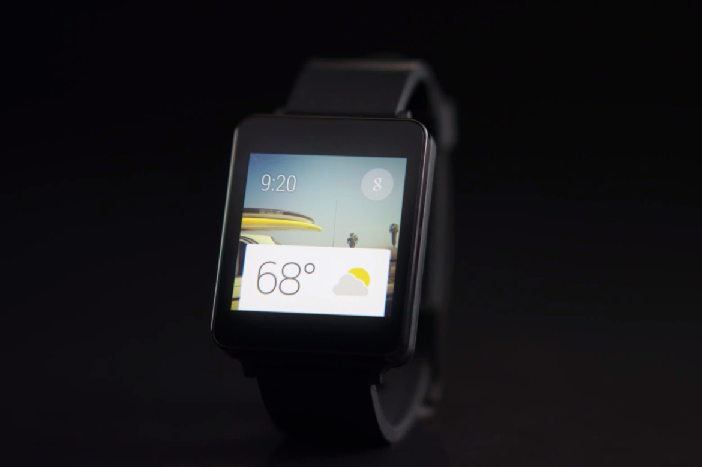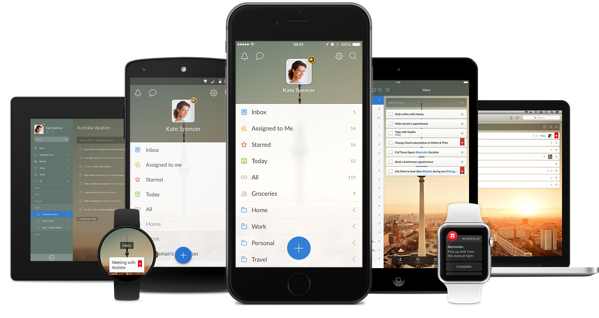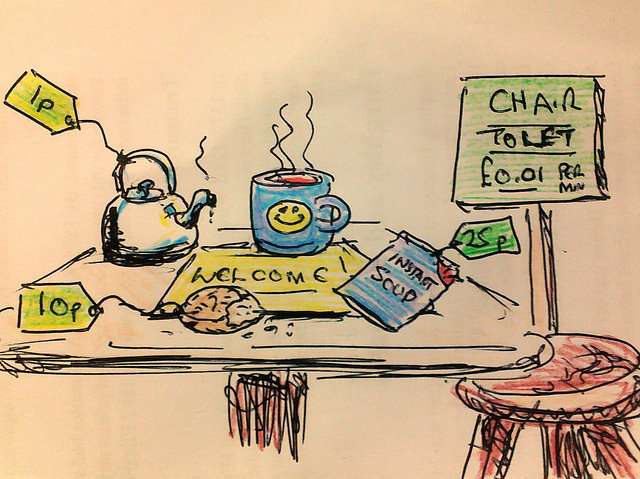This year’s Google I/O conference, held weeks after Apple’s WWDC, showed the world that Google really is taking over every aspect of our lives, and challenging its fiercest rivals.
As Android users have increased from 530m last year to more than 1bn this year, Google announced its ‘biggest ever overhaul’ with a completely new set of Android products.
Read on for my top five developments (plus a dose of healthy rivalry)…
1. Android Wear: glance-able context is the new king
Wearable tech is the latest buzzword and top trend and Google didn’t disappoint. It showed off watches from LG, Samsung and Moto, all of which are running its software.
The watches are simple to use. David Singleton, Google’s engineering director, ordered and paid for a pizza using an app in under 20 seconds. Users can use more voice activation features and use controls on the watch to activate apps on their Android phone.
They also feature health benefits like measuring heart rate and include a pedometer. Google’s partnerships with brands like Nike, Adidas and RunKeeper could be seen as the company taking the initiative in this sector and will ultimately lead to more widespread adoption.
Analysts predict that 19m smart watches will be sold by the end of the year. Google is well ahead in the race, as we wait for the iWatch to be announced.

2. Android Auto: racing ahead
Again, Google has partnered with top brands to get its software on the market. Audi, Hyundai, GM, Honda and Volvo are all signed up to bring a Google experience to their cars’ dashboards.
Android Auto will work with each individual car for seamless use. From Google Maps to Google Play Music and Spotify, Android Auto will port most of the Android phone apps to your car for use while driving.
Voice control will manage texting, calling and checking emails. Android Auto has launched with 40 well-known manufacturing partners, vastly outnumbering Apple CarPlay.

3. Android TV switches On
Google is moving into your living room. Following on from the failed Google TV, Android TV has upped its game.
The TV comes with new voice search capabilities, enabling you to search for games, films and TV programmes. Google Cast will enable Android TV powered boxes to seamlessly take viewing sessions enabled on a mobile device and stream directly through the TV, as well as to screen mirroring of Chrome browsers tabs from another device.
We’re finally seeing Google begin to catch up with Apple TV.

4. Android One: an affordable Smartphone to rule them all
This development really stands out to us. Google unveiled Android One, a low cost phone that positions the company at the cusp of taking over the entire world!
The phone will be designed to have a basic set of features and be priced less than £100, targeting emerging markets, where mobile phone use is prevalent, but smartphones unaffordable.
Starting the journey in India, where less than 10% of the Indian population have access to smartphones, Google will be able to give the next 1bn people access via Android One.

5. Android L: the new mobile OS to kick KitKat to the curb
Last but by no means least, Google showcased the next version of Android. Google will add more than 5,000 new APIs to Android L, as well as new animation capabilities, 3D review with real-time shadows, notifications on the lock screen and much better graphics.
All very impressive. What stood out to us was that their devices will actually be ‘contextually aware’, knowing when users are at home and want entertainment, or when they are at work, or travelling.
Your phone and tablet will automatically unlock whenever you’re near it while wearing a Bluetooth-connected device. If it can’t detect you anymore, the screen will auto-lock as a safety precaution.

So what does this mean for brands?
I think it’s all about having the opportunity to get even closer to consumers and making the strategy and communications all about personalisation.
With Android Auto, brands will have the opportunity to create personal experiences for their customers inside the car. Spotify has already created an app for this. With the advances in Android Wear, brands will be able to target consumers at an even more personal level than the smartphone.
Forward thinking brands will no doubt start looking into bringing deals and payments straight to the smartwatch. Through app notifications, brands will be able to understand their users much better and continue to create even more personalised experiences, which will ultimately drive brand loyalty.























No Comments